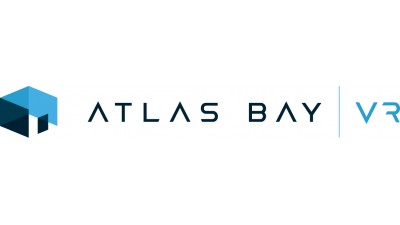VIDEO: Virtual Reality Is Not Just Fancy 3D For Your Property
Can you picture yourself here?
It is one of the more important — and subjective — questions in the real estate industry. It is also the hardest to answer. For spaces under construction, still in the design phase or too far away to tour, prospective tenants can only speculate about what their experiences will be. How can potential tenants best visualize themselves in a space that doesn't exist? How can they foster an emotional connection with it?
Virtual reality offers a way to cut through the uncertainty. Equipped with immersive, virtual versions of properties, architects, designers, sales agents and tenants will revolutionize how they interact with real and proposed spaces.
Outside of the entertainment world, VR is still seen as more toy than tool. Widely used devices — like Google Cardboard and Gear VR — rely on smartphones for power, making them cheaper and portable. While mobile devices can sufficiently play a pre-recorded video, they are not ideal for experiencing a space in real time. The limited computing power reduces property walk-throughs to static 360 panoramas like Google Street View, instead of generating a truly immersive experience. They can also induce motion sickness, contributing to shorter viewing times of 30 to 60 seconds. Prospective tenants are forced to leave before they get to thoroughly explore the space.

Real estate professionals depend on realism — and a lack of nausea — to convey design choices and amenities; subpar imagery is ineffective, gimmicky and calls attention to the hardware. Cardboard goggles, like 3D glasses, can look more like 21st century parlor tricks.
Real estate visualization companies have challenged this perception by developing high-end virtual reality as a powerful sales tool. These full-scale headsets produce more immersive and interactive experiences. Atlanta-based Atlas Bay VR is using this technology to bring a deeper understanding of its clients' properties than a paper brochure can offer.
The HTC Vive, one of Atlas Bay VR’s available high-end headsets, achieves greater immersion by tracking full room-scale motion, using two sensors that follow the user’s movement in 3D space. Instead of tapping the headset or looking at the floor to move, the Vive instead allows users to physically walk over to an object and interact with it in a normal, organic way. Atlas Bay VR wants its clients to feel like they can reach out and touch objects in the virtual world, and be surprised when they find out that they actually can.

The star of the show should not be the technology. It should be the property. Take a seat on the couch in your next apartment, walk through the courtyard of a planned shopping center, or step out onto the balcony and view the actual city skyline from your new rooftop employee lounge — currently under construction. Users can also customize the space, changing everything from furniture to landscaping. Full-scale headsets work to make the interface secondary to the experience, prompting users to spend more time getting to know the virtual space and developing the strong emotional connection needed to sell it.
This makes high-end virtual reality ideal for use not only in pre-leasing and sales, but also at conferences, trade shows and for architectural reviews. For marketing teams and sales agents pitching to CRE developers, dynamic visuals strike a lasting impression and make them stand out among competitors. If a picture is worth a thousand words, then virtual reality conveys a million.
While Atlas Bay VR does provide a full range of virtual reality solutions for every project, including traditional 2D and 360 fly-through videos and web-based tours, the most-sought-after solution is its high-end VR experience. While each VR visual presentation is designed to last five minutes, clients often want to keep the headsets on longer. After all, in a perfectly realized virtual world, who wants to leave?
To learn more about this Bisnow content partner, click here.

